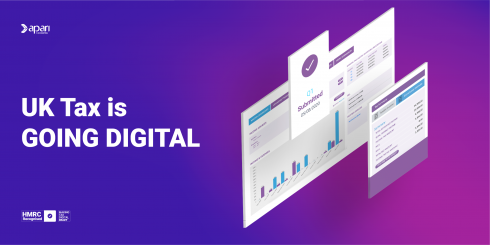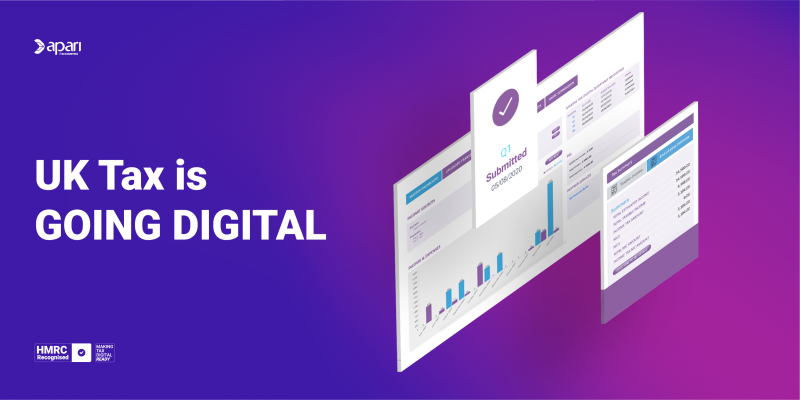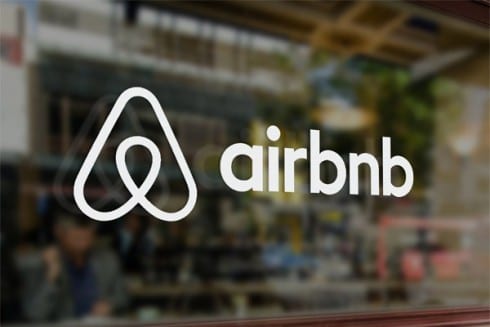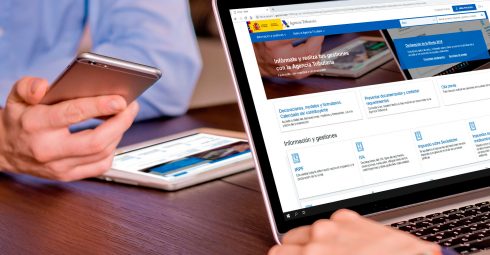IF, like us, you’re obsessed with keeping up with the latest news and regulatory changes from HMRC, you’ll know all about Making Tax Digital (MTD) and be preparing yourself for this seismic change.
- Making Tax Digital (MTD) regulations are designed to make calculating tax easier and more accurate through the use of digital software
- To comply with MTD for Income Tax, landlords and the self-employed will need to use software to keep digital records of business income and expenses and submit a summary every quarter
- MTD for Income Tax is for UK businesses and landlords, who usually submit a Self Assessment tax return.
- It will come into effect for your next accounting period that starts on or after 6 April 2023
Of course, if you’re one of the 99% of people who would rather not think about tax, you may be wondering what all the fuss is about, whether you are affected, and what you need to do to prepare.

But fear not! Our tax nerds love an opportunity to make confusing tax regulations simpler and clearer. Once you get used to the new process, it should also make your business accounting easier, clearer, more predictable and cheaper, as you won’t need to rely on an accountant.
You also have a bit of time to prepare, with HMRC showing that they can be forgiving to those who drop the ball. It is the biggest tax change in a generation, after all, so they won’t be too hard on you!
APARI’s MTD software is already approved by HMRC so we know exactly how it all works. Here’s what you need to know…
What is Making Tax Digital?
The new MTD regulations are designed to make taxes easier and more accurate through the use of digital software. It’s already a requirement for VAT and will be extended to all VAT registered businesses from April 2022. At some point in the future, it will apply to Corporation Tax.
We focus on MTD for Income Tax, which the Government announced in July 2020 and will change the annual tax return for millions of people like you.
What is Making Tax Digital for Income Tax?
To comply with MTD for Income Tax, landlords, the self-employed and tradespeople will need to use software to keep digital records of business income and expenses and submit a summary every quarter.
At the end of the year, you need to submit any other income – for example from employment – and finalise all of the information. If you choose good software, it will be able to do all of this for you.

You will get your total tax liability (tax owed) for the year which needs to be paid by the following January, just as you would now.
So the main changes are: a) use MTD software; b) keep digital records and c) make a submission to HMRC once a quarter.
Who does it apply to?
Making Tax Digital for Income Tax is for UK businesses and landlords, who usually submit a Self Assessment tax return. It is a requirement for anyone with more than £10,000 of combined turnover from business and property income.
If you submit a Self Assessment tax return but don’t have business or property income, MTD for Income Tax doesn’t affect you.
When will Making Tax Digital for Income Tax come into effect?
Making Tax Digital for Income Tax was first announced in 2015. The timetable has moved back over the last few years as the Government and HMRC try to give it the best chance of success. On 21 July 2020, the Government formally committed to a specific timetable for changing the law and turning Making Tax Digital for Income Tax into a legal requirement.
In HMRC talk, they announced: for your next accounting period that starts on or after 6 April 2023, all Income Tax Self Assessment customers with a turnover of £10,000 or more from business income or income from property will be required to complete their affairs by MTD.
All landlords and most self-employed people have an accounting period that starts on 6 April. This means you’ll have to:
- Use software to record and submit your business and/or property income between 6 April 2023 and 5 April 2024;
- Use software to finalise your business and/or property income between 6 April 2024 and 31 January 2025;
- Submit any non-business information and finalise your overall tax affairs by 31 January 2025. You can choose to do this using software or using the HMRC website.
If you use Making Tax Digital for Income Tax, you won’t need to submit a separate Self Assessment tax return.
How do I ensure I am compliant with MTD rules?
At APARI, we think the best first step is to start using software to keep your business records. Ignoring the tax side of things, this will give you better information about your profit. You can get started with a FREE APARI account today.
Once you’re familiar with digital record keeping, you may be able to voluntarily sign up to use MTD. Most businesses and landlords will be eligible to join by April 2021 so they can get familiar with the changes. Don’t worry if you change your mind – you can still submit a tax return as normal.
Everyone that uses MTD will need to choose compatible software, which they connect with their HMRC account. APARI’s MTD software is already listed on HMRC’s software selection tool.
Once connected, the software will then tell you when you need to submit information, such as your quarterly return.
For free information, join our community here.
Follow us next month to find out what you need to do.
Click here to read more Other News from The Olive Press.








